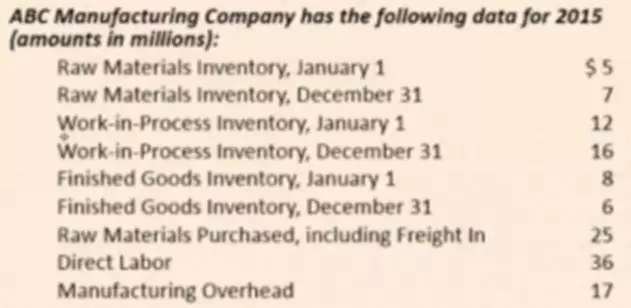Content

A balance must be accomplished and thus the credits and debits in each and every transaction need to be equal. Note that debits at times will not end up in increases and at times credits do not lead to decreases. The double entry system of accounting is one of the most areas in accounting that make critical financial statements and accuracy in bookkeeping possible.
How do you do double-entry accounting?
Step 1: Create a chart of accounts for posting your financial transactions. Step 2: Enter all transactions using debits and credits. Step 3: Ensure each entry has two components, a debit entry and a credit entry. Step 4: Check that financial statements are in balance and reflect the accounting equation.
The firm could, for instance, credit $100,000 to another asset account, reducing that account balance by $100,000. The information featured in this article is based on our best estimates of pricing, package details, contract stipulations, and service available at the time of writing. Pricing will vary based on various factors, including, but not limited to, the customer’s location, package chosen, added features and equipment, the purchaser’s credit score, etc.
What is the accounting equation?
For liabilities, equity, and revenue, increases are recorded in the credit column. If this part of the system is overwhelming, just make a cheat sheet. Double-entry accounting is a method for booking journal entries to reflect financial activity by updating two or more accounts with equal and opposite debits and credits.
Double entry accounting examples would include for instance a company paying, say $500 for adverts. As a result the Cash account ends up decreasing while the Advert Expenses goes up. Liabilities and equity affect assets and vice versa, so as one side of the equation changes, the other side does, too. This helps explain why a single business transaction affects double entry accounting two accounts as opposed to just one. For example, when you take out a business loan, you increase your liabilities account because you’ll need to pay your lender back in the future. You simultaneously increase your cash assets because you have more cash to spend in the present. The same goes if you invest your own money into your startup business.
How to Use Double-Entry Accounting
Just as assets are on the left side of the accounting equation, the asset accounts in the general ledger have their balances on the left side. To increase an asset account’s balance, you put more on the left side of the asset account. To decrease an asset account balance you credit the account, that is, you enter the amount on the right side. Double-entry bookkeeping is an accounting method where each transaction is recorded in 2 or more accounts using debits and credits.

This is different than single-entry accounting, in which only expenses and revenue are tracked. If the debit and the corresponding credits for each transaction add up to zero, the business’s books remain balanced. Double-entry accounting requires two entries for each transaction, a debit, and a credit. Sole proprietors, freelancers and service-based businesses with very little assets, inventory or liabilities.
Types of Accounts
Recordkeeping is handled as single entry accounting and double entry accounting. The former deals with making a one-time entry into an account, be it an expense or income.
This Lack of information is why most businesses do not use single entry accounting. A single entry accounting system does not keep a complete record of each transaction. However, there are some advantages to having a single entry accounting system for particularly small businesses. It looks like your business is $17,000 ahead of where it started, but that doesn’t tell the whole story. You also have $20,000 in liabilities, which you’ll have to pay back to the bank with interest. Glancing back at these entries, you’d also have no idea which account the $3,000 for rent was withdrawn from.
發佈留言